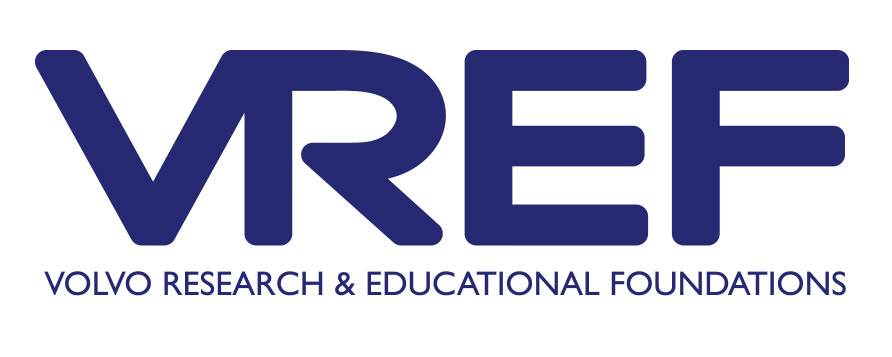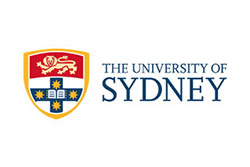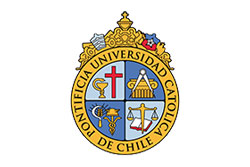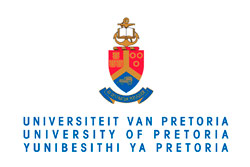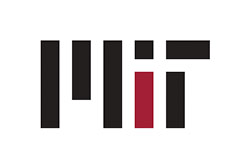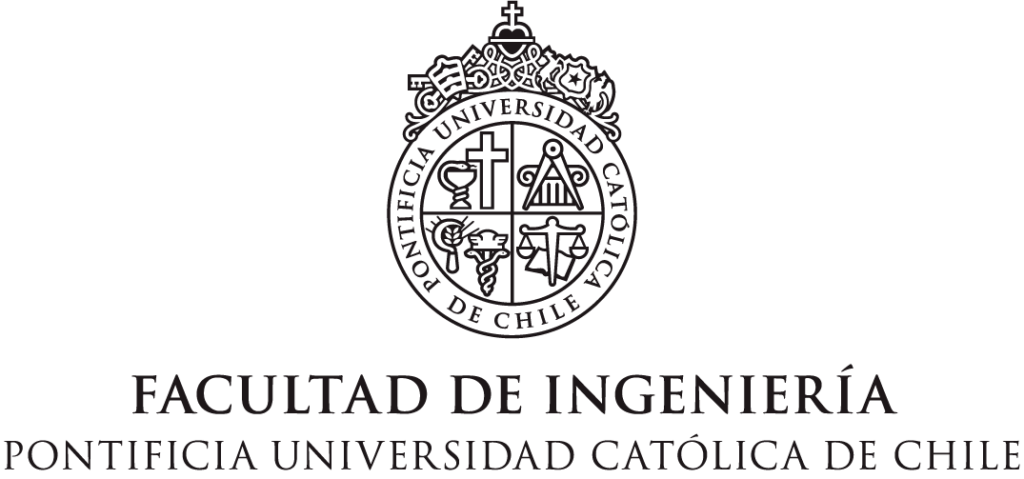Bus Rapid Transit Gaining Traction Despite Concerns
Source: Governing
Photos: Ken Blaze
Localities from San Francisco to Jacksonville, Fla., are embracing bus rapid transit — even if not everyone in the transportation community is sold on the idea.
 Nashville officials are pursuing a transit line they say will be integral to the future of the region as the population grows. The 8-mile route, dubbed the East-West Connector, would link hospitals, the city’s football stadium, its state Capitol and Vanderbilt University, among other destinations. Regional officials say that, if executed properly, the connector could be online as soon as 2015 and will serve more than 1.3 million riders annually. “Something like this has never been attempted in Nashville,” says Mayor Karl Dean.
Nashville officials are pursuing a transit line they say will be integral to the future of the region as the population grows. The 8-mile route, dubbed the East-West Connector, would link hospitals, the city’s football stadium, its state Capitol and Vanderbilt University, among other destinations. Regional officials say that, if executed properly, the connector could be online as soon as 2015 and will serve more than 1.3 million riders annually. “Something like this has never been attempted in Nashville,” says Mayor Karl Dean.
That something isn’t a subway, light rail or even a streetcar. It’s a bus. And its impact on Nashville could be huge. “People who work downtown will be able to get downtown faster and cheaper,” Dean says. “That’s the appeal.” The East-West Connector isn’t a traditional bus line either. Rather, it’s bus rapid transit, or BRT. It focuses on taking bus service — historically unattractive and slow — and making it something riders want to use, as opposed to its current status as a mode of last resort.
Until now, just a handful of U.S. transit agencies have embraced BRT. That’s changing. Longtime transit leaders like Chicago, New York City and San Francisco are planning new BRT services, while less transit-focused places like Hartford, Conn.; Jacksonville, Fla.; and Montgomery County, Md., are pursuing it as well. Dean — who’s visited several of the country’s leading BRT systems — says it’s no surprise that the mode is becoming increasingly prevalent. At a time when localities are struggling financially, it’s a cost-effective option. In Nashville, officials say they can build the East-West Connector for $136 million — half the cost of a similar streetcar system — and serve almost as many riders. “This is a popular form of transit for cities that do not have sophisticated transit systems right now,” says Dean. “Nashville has a good bus system, but it needs to expand. BRT is an attractive way of doing it.”
The idea for BRT is rooted in making two fundamental shifts in the way buses run. The first goal is to do everything possible to speed up rides, which is crucial to attracting new customers. As part of that effort, BRT buses generally run more frequently during peak travel times. Stops are spaced farther apart to ensure that buses don’t pause too often for pickups and drop-offs. High-tech devices on traffic lights can detect buses and give them a little extra time to make a green light. Tickets are purchased at bus stops instead of on the bus to avoid delays as passengers fumble for change. Dedicated lanes are created to make sure buses don’t get trapped in congestion. And some systems even have bus stops on elevated platforms so that time isn’t wasted waiting for passengers to climb up and down the bus steps.
The other goal is to make buses feel safe and inviting. The exteriors of BRT buses often feature cosmetic enhancements to make them appear more modern. Stops are designed to be aesthetically pleasing and convenient, complete with landscaping and bicycle racks. And electronic displays let riders know how soon the next vehicle is coming.
 Ground zero for BRT is Curitiba, Brazil, which first launched its BRT service in 1974 and has served as a model for practitioners worldwide. Subsequent systems have developed in China, India, Mexico and elsewhere. And while Los Angeles and Pittsburgh built the first precursors of American BRT in the ’70s, it wasn’t until recently that the systems caught on. Historically, the U.S. hasn’t embraced BRT because of residents’ attitudes toward transit. In South American cities that have strong BRT systems, “you have the majority of the population moving in buses,” says Dario Hidalgo, director for research and practice at EMBARQ, which studies and promotes sustainable transportation. That makes it easier for transportation officials to get buy-in from the public when it’s time to repurpose a lane.
Ground zero for BRT is Curitiba, Brazil, which first launched its BRT service in 1974 and has served as a model for practitioners worldwide. Subsequent systems have developed in China, India, Mexico and elsewhere. And while Los Angeles and Pittsburgh built the first precursors of American BRT in the ’70s, it wasn’t until recently that the systems caught on. Historically, the U.S. hasn’t embraced BRT because of residents’ attitudes toward transit. In South American cities that have strong BRT systems, “you have the majority of the population moving in buses,” says Dario Hidalgo, director for research and practice at EMBARQ, which studies and promotes sustainable transportation. That makes it easier for transportation officials to get buy-in from the public when it’s time to repurpose a lane.
Generally, the thinking among U.S. transit officials is that “choice riders” — those who don’t have to take transit but opt to because of its convenience — are willing to ride subways, light rail and streetcars, but not buses. Advocates of BRT argue that bus service itself isn’t the problem; it’s the way the service is implemented. Offer riders buses that are fast, clean and safe, they say, and passengers will embrace them. “If you build it right, people will come,” says Janette Sadik-Khan, New York City’s transportation commissioner. “People aren’t going to get on dirty buses that are slow.”
In the 1990s, the Federal Transit Administration began organizing international trips for American transit officials to see BRT systems abroad. At the same time, BRT started to make sense for American cities, as growing congestion coupled with fiscal realities meant not everyone could hope to build light rail, which can cost as much as three times the price of a comparable BRT system. In the early 2000s, L.A. and Pittsburgh redoubled their BRT efforts, while later in the decade, places like Eugene, Ore., and Cleveland launched their own highly touted BRT services that today are considered the top American systems. The successes of those projects helped inspire local officials across the country, who could finally point to examples of successful BRT in American cities instead of looking abroad as they tried to make the case for BRT. Today, virtually every major metro area is considering or actively planning some degree of rapid bus service. “There’s definitely an effort to equalize the playing field between bus and rail,” says Gabe Klein, transportation commissioner in Chicago, which will launch the first of three BRT lines this fall. “The bus doesn’t have to be second-class transportation.”
The recent explosion of BRT has prompted a debate within the transit community, which is asking what exactly BRT service is, and more important, does a definition even matter? Last year, the Institute for Transportation and Development Policy (ITDP), a nonprofit that provides technical assistance and advocates for BRT, released a scorecard rating BRT services. Systems got points for things like high-frequency buses, limited local stops, fare collection that occurred off-board and having physically separated lanes. While several international systems received high marks, not a single U.S. city was rated above “bronze,” and the group deemed that New York City’s highly publicized BRT service wasn’t really BRT at all. “We ruffled a lot of feathers,” says Annie Weinstock, ITDP’s U.S. BRT program director.
Transit officials generally take a big-tent approach to the BRT definition. They say every city is unique and that the same set of standards shouldn’t be applied universally. But many respected voices in the BRT community believe that some agencies are trying to take advantage of the cachet that comes with BRT and inaccurately apply the label to their own fleets in an effort to get buy-in from passengers and grants from the federal government. (BRT service is eligible for more types of funding than traditional bus service.) Protecting the BRT brand, Weinstock says, is key. If the public feels like it’s been misled, it may not support BRT in the future.
 It’s an important discussion to have right now, since so many cities are examining the service. While it’s clear that a train becomes a subway when it goes underground, what’s less clear is when a bus becomes BRT. Benjamin de la Peña, associate director for urban development at the Rockefeller Foundation, says that ambiguity could make it easy for some agencies to take ambitious BRT projects and morph them into traditional bus routes as a way to save money. “It’s really easy to water down,” de la Peña says. In a case of the debate coming full circle, officials in the Washington, D.C., suburb of Montgomery County have started to deliberately refer to their project as RTV, or rapid transit vehicle, because they believe BRT doesn’t describe the significance of their service.
It’s an important discussion to have right now, since so many cities are examining the service. While it’s clear that a train becomes a subway when it goes underground, what’s less clear is when a bus becomes BRT. Benjamin de la Peña, associate director for urban development at the Rockefeller Foundation, says that ambiguity could make it easy for some agencies to take ambitious BRT projects and morph them into traditional bus routes as a way to save money. “It’s really easy to water down,” de la Peña says. In a case of the debate coming full circle, officials in the Washington, D.C., suburb of Montgomery County have started to deliberately refer to their project as RTV, or rapid transit vehicle, because they believe BRT doesn’t describe the significance of their service.
Officials in local transit agencies almost universally say they don’t want to get bogged down in the debate about the BRT definition. What’s more important, they argue, are the ultimate payoffs: faster rides and greater ridership. If that happens, they say, the way the buses and service is configured isn’t so important. The Federal Transit Administration has chosen not to weigh in on the debate, offering guidance on BRT best practices but not mandates on which elements must be included.
In New York City, officials developed a system that has embraced some BRT tenets, like off-board fare collection, signal priority for buses at some intersections and greater distances between stops. But it doesn’t have bus lanes that are physically separated from normal traffic, which caused it to lose marks on ITDP’s scorecard.
Sadik-Khan, the transportation commissioner, isn’t too worried about that. The city has three BRT lines right now — the department describes them by its own term, Select Bus Service — and another three are in the works. Eventually the hope is to have 16 lines. While buses don’t travel in separated lanes, they drive in specially painted ones that cars are prohibited from using during peak hours. If they do, the buses snap a photo, and the drivers are ticketed. “It’s the system that works for New York,” Sadik-Khan says. “For New York, every single time we’ve put in a Select Bus Service route, we’ve seen an increase in ridership — amid a citywide decline in bus ridership.”
Still, there are BRT skeptics. In Berkeley, Calif., downtown businesses opposed a proposal that would have linked the city to Oakland because they feared the loss of parking spaces and left-turn lanes, making it more difficult for customers to access their stores. Those old battles between drivers and transit riders often play out as communities develop BRT, because to be truly effective, BRT sometimes requires taking a lane from cars for at least part of the route.
Some in the light-rail community view BRT as a threat that actually undermines transit.
 While streetcars and subways are permanent, BRT is more susceptible to changes. Dan Malouff, a transportation planner for the Arlington County, Va., transportation department, recently posted a piece on his influential blog that eviscerated BRT, saying cities generally pursue it in order to “cut a corner” by avoiding rail, making the service susceptible to failure. “[A]s long as U.S. planners think of BRT as a cheap replacement for rail, then the U.S. will be very unlikely to ever produce BRT that is actually rail-like … because that mindset inherently undervalues many of the specific features that are needed to produce a high-quality transit line, regardless of mode,” he wrote.
While streetcars and subways are permanent, BRT is more susceptible to changes. Dan Malouff, a transportation planner for the Arlington County, Va., transportation department, recently posted a piece on his influential blog that eviscerated BRT, saying cities generally pursue it in order to “cut a corner” by avoiding rail, making the service susceptible to failure. “[A]s long as U.S. planners think of BRT as a cheap replacement for rail, then the U.S. will be very unlikely to ever produce BRT that is actually rail-like … because that mindset inherently undervalues many of the specific features that are needed to produce a high-quality transit line, regardless of mode,” he wrote.
And BRT’s early stalwarts are showing signs of trouble. Earlier this year, the newspaper of Curitiba reported that from 2008 to 2011, the number of paid rides on its system fell by about 14 million, or 4.3 percent, and there were recent riots in Bogota, Colombia, by protesters frustrated with that city’s slipping BRT service.
Regardless, BRT is a path that transit agencies are likely to continue to pursue as they try to stretch dollars. Nearly 85 percent of transit agencies had flat or decreased capital funding in the wake of the recession, according to a survey released by the American Public Transportation Association last year. Transit agencies save money with BRT because of lower infrastructure costs — they don’t have to lay down track or dig underground — and there are lower personnel costs, since they can use the same types of drivers and mechanics that they use for existing buses.
Cleveland, for example, opened its 7-mile BRT in 2008 at a cost of $200 million. Light rail would have cost nearly $1 billion, says Joseph Calabrese, general manager of the Greater Cleveland Regional Transit Authority. “A few people said it should be light rail or nothing,” he says. “In that case, it would have been nothing.”
In greater Eugene, Ore., the BRT system got its 10 millionth rider just five years after its launch. Today, daily ridership on the system known as EmX is triple what it was for comparable local service lines, says Ron Kilcoyne, general manager of the system. “We never projected when we’d hit our 10 millionth rider, but certainly we weren’t expecting it to happen that quickly,” says Kilcoyne. EmX has two corridors now, but officials hope to eventually expand to five.
Kilcoyne says it’s crucial to understand that the goal isn’t to create more BRT systems; it’s to find a better way of moving people. “I think you really have to take a look at what the outcomes you’re trying to achieve are,” says Kilcoyne. “Because everything else — whether or not you build rail, or rely on buses, or a full-scale BRT — those are all means to the end. The end is speed, reliability and the ability to attract more customers.”
¿Comments? ¿Opinions? ¿Similar News? Send them to us!
Tweet

